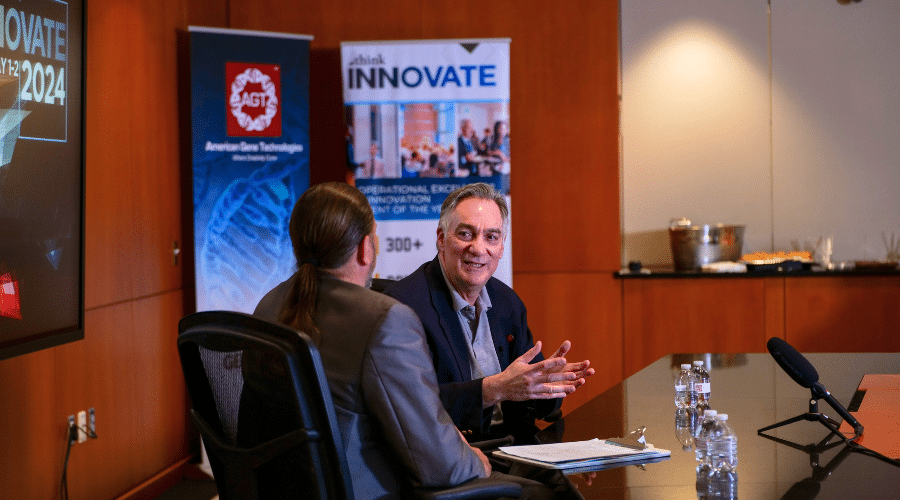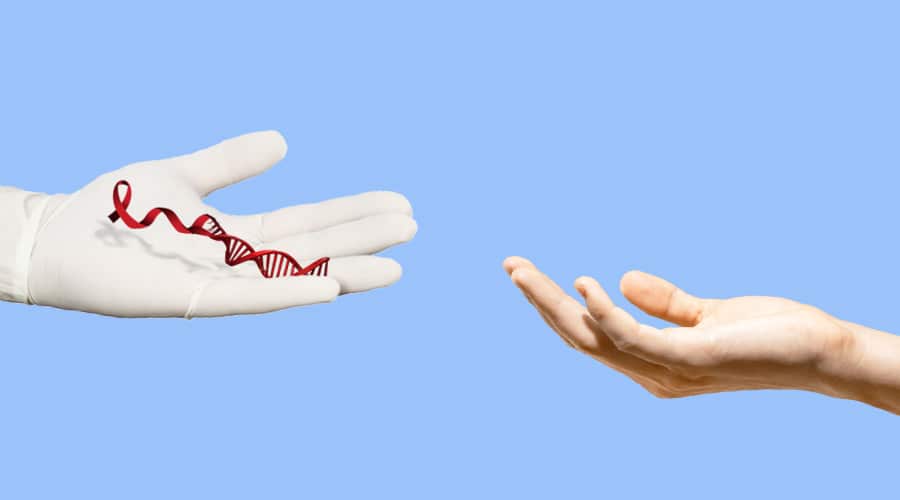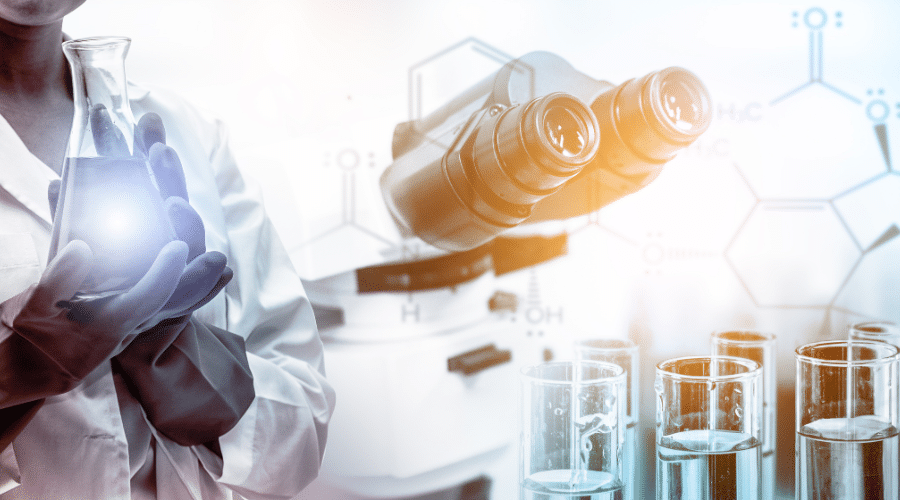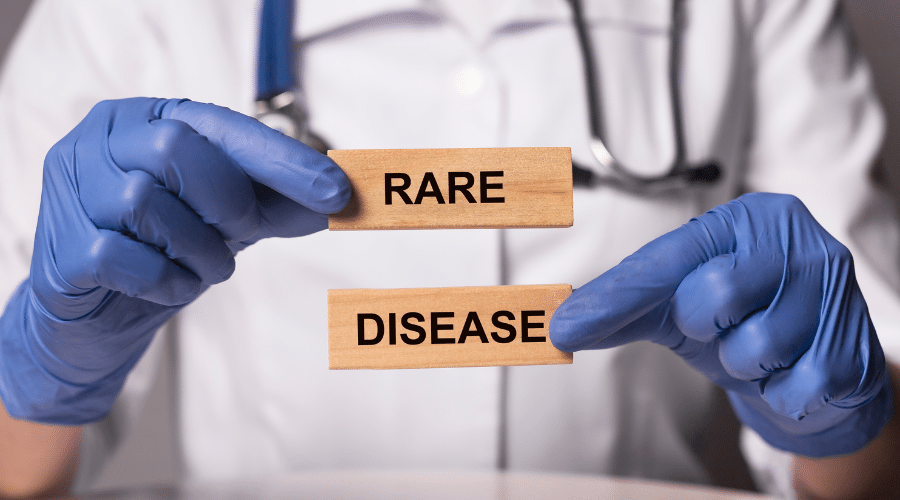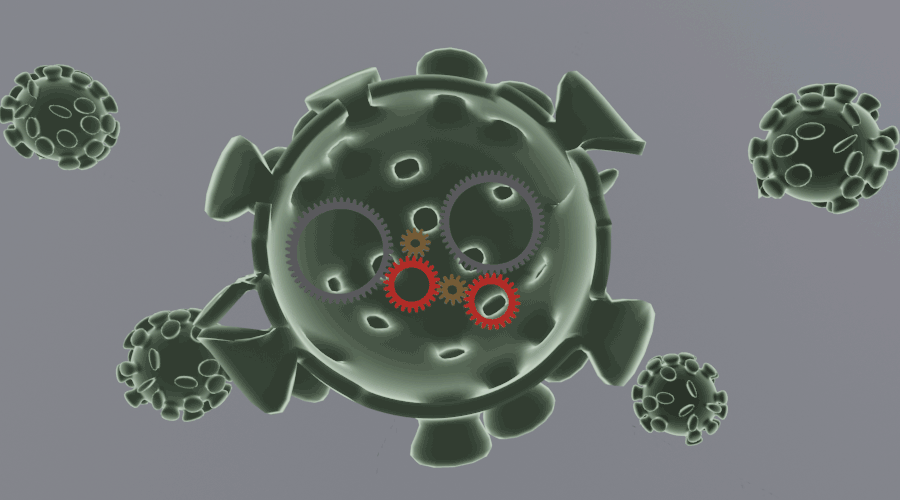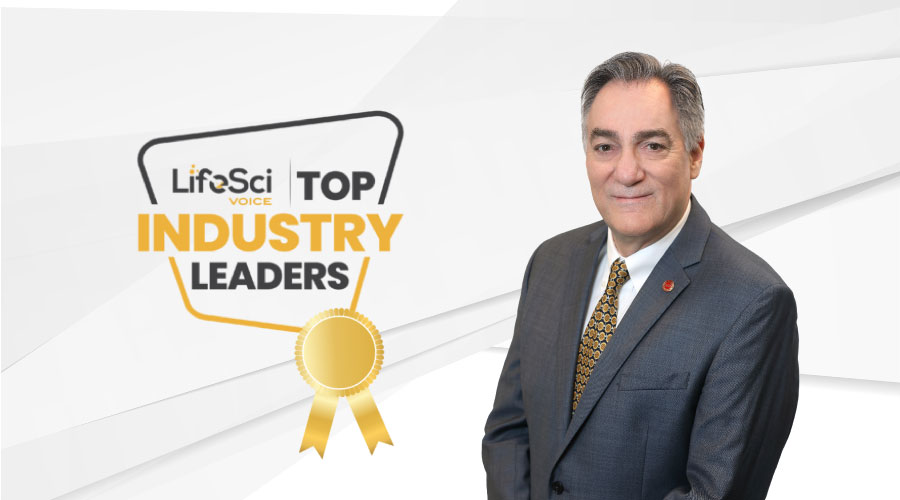Future Watch: Gene & Cell Therapy
A Revolution In Medicine And Healthcare Blog
Current Blog Category: Biotech Investment
How does Jeff Galvin, CEO of Addimmune, THINK?
Jeff Galvin Is Taking a New Approach to Medicine There’s a revolution brewing in medicine, and the paradigm-shifting innovations in the gene and cell therapy space are right at the heart of the movement. Jeff Galvin, CEO of American Gene Technologies® (AGT ™) and Addimmune™, has seen firsthand…
Read MoreWhy Is It So Difficult to Find an HIV Cure?
The silent HIV epidemic has been ongoing for 4 decades. AIDS-related illnesses have claimed over 32 million lives since the beginning of the HIV epidemic in 1981. The death toll, societal impact, and economic effects of the HIV epidemic have made HIV/AIDS one of the…
Read MoreHow to Design a Gene Therapy to Target Cancer
Contributing Author Luke Williams, Sales and Marketing The cure for cancer is the holy grail of the medical sciences, so it may surprise you to learn that there are already two types of gene therapies that treat cancer. These cancer gene therapies are being used…
Read MorePositive Clinical Trial Results Spur American Gene Technologies® to Launch Addimmune™, a Company with One Focus: Cure HIV
When Jeff Galvin founded American Gene Technologies in 2008, he envisioned a future where gene therapy could be used to write disease out of the genetic code. Today, on June 9, 2023, that future just got a lot closer with three major announcements: The…
Read MoreA Noble Pursuit: Gene Therapy for Rare Disease
Rare disease, as the name suggests, affects a small proportion of the population and appears with low prevalence. The limited number of patients impedes development of new therapies, reducing the pool of clinical trial candidates and the size of the end market. A surprising figure…
Read MoreHow to Design a Gene Therapy to Target Viruses
This is a lesson you won’t learn in school. We’re at an exciting stage in biotechnology today, on the cusp of revolutionizing how we treat some of humankind’s most deadly diseases. Read on to learn how new gene therapy techniques are ushering a new age…
Read MoreTransaction Trends 2022: A Good Time to be a Private Company
[1] Contributing Author John Vandermosten, Senior Biotechnology Analyst After a final burst of initial public offerings (IPOs) in early 2021, times have been difficult for life sciences public equities. S&P’s small cap biotech exchange traded fund, the XBI, has declined from about 174 in February 2021…
Read MoreJeff Galvin Wins Life Sciences Voice Top Industry Leaders Award
American Gene Technologies® CEO and founder Jeff Galvin was awarded the Life Sciences Voice 2023 Top Industry Leaders Award. The annual award recognizes the most dynamic leaders in the life sciences industry, who are making the biggest impact in delivering transformation that is moving the…
Read MoreHIV Has Been Cured For a 5th Time, Now Researchers Are Developing Scalable Methods
Contributing Author Luke Williams, Sales and Marketing A mounting body of evidence shows that HIV, once thought to be an incurable lifelong condition, is indeed curable. The “Dusseldorf Patient” made headlines recently when a stem cell transplant to treat life-threatening cancer also cured him of…
Read MoreSubscribe to Receive our Blog Updates
Subscribe to our blog updates to be notified when we release new content!

